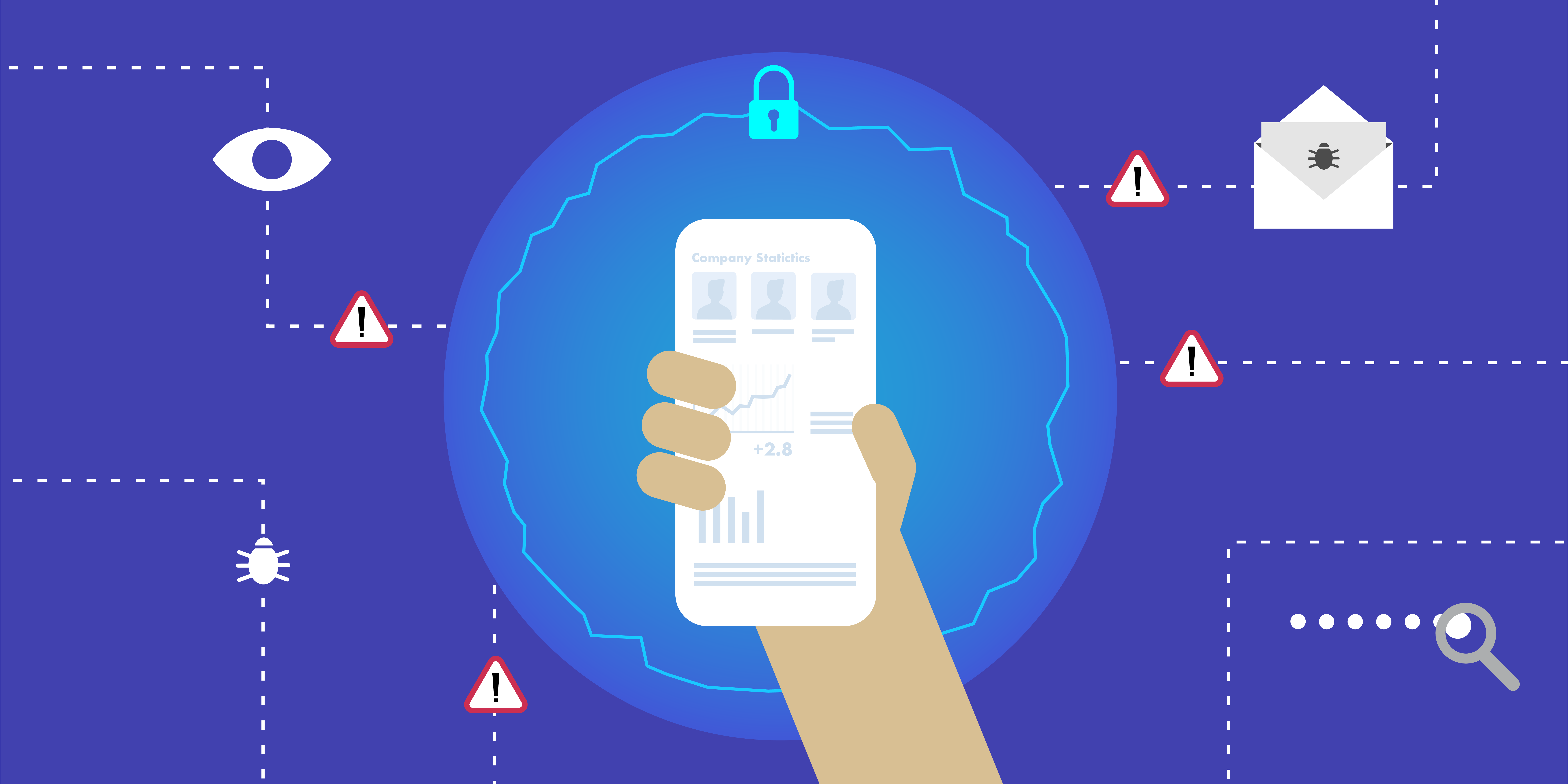
Automation is coming! Automation is coming!
Are you ready for it?
Even small business owners know the importance of using technology for everything from increasing efficiency to managing daily operations. But what about security?
According to statistics, criminals aren’t just going after fat cats with in-house IT departments and deep pockets. More than 43% of all cyber attacks target small businesses. Does your company have the funds to fend of a ransomware attack or survive a data breach?
Most don’t.
Before you launch your startup or expand your business, security automation should be an integral part of your plan.
What Are the Biggest Security Threats Facing SMBs?
Threats are all around us, but many remain hidden in malicious code and sketchy attachments. In order to know how to keep your business and customers safe, it helps to know what threats you’re facing and where they’re originating.
The most common cyber threats aren’t coming from the outside. More than 64% are due to simple human error within organizations. This includes lost or stolen devices and employees using weak passwords.
Here are some of the top threats that could be facing your company.
-
BYOD (Bring Your Own Device). Increasingly mobile workforces are bringing internal threats from home to work and back again. As a result, more companies are faced with developing policies regarding mobile device management (MDM).
-
Phishing and other social engineering schemes. Malicious code originating in email attachments and fraud are probably the two biggest external threats small businesses face.
-
Vulnerable access points. From data breaches to lack of encryption and weak password protection, too many companies and their employees are leaving their cyber doors open to criminals.
-
Ransomware. Weak access points and phishing exploits have left many networks open to data-for-ransom schemes.
-
DDoS exploits. These types of attacks can crash your network and lead to downtime, and downtime leads to loss of customers. As more companies move to the cloud, these types of threats will increase.
-
Malware. From spyware to annoying popup ads, the malware runs from malicious to annoying.
-
IoT (Internet of Things). As more of our systems become interconnected, it opens up further areas of vulnerability for network owners and administrators. Many of these threats are overlooked because they don’t seem like a problem. Who would have thought that hackers could get to your customers' databases through your thermostat?
Knowing where the threats are coming from eliminates one of the biggest threats of all: lack of awareness, but 21st-century problems require 21st-century solutions.
Here is how automation can help.
Ways to Incorporate Automation Into Your Business Security Plan
Automation in cybersecurity is nothing new, but advanced tech is becoming more affordable for businesses of all sizes. Even artificial intelligence is being routinely sought as a tool that SMBs can utilize to bring their defenses into the information age.
Smart Technology
Businesses aren’t the only ones using automation. Cybercriminals are indexing data and implementing other business-like practices to step up their game as well. In this type of climate, traditional firewalls and encryption may not be enough.
Enter Smart Firewalls
Rather than simply restricting access on a case-by-case basis these AI interfaces detect threats in real-time and intuitively update systems responses. This type of automation can be used to detect problem emails as well. Using machine learning technology that’s rooted in AI, these apps can evaluate email content and filter out suspicious messages or attachments.
Much like a smart firewall, the ability of smart filters to use data to learn and anticipate threats beats the old system of simply compiling lists after the fact and blocking email or IP addresses of known or suspected bad actors.
Deploying smart technology for security purposes is a little different than deploying it to run portions of your business. The whole concept of machine learning and big data analysis requires the systems to have access to historic data to analyze. That makes immediate exploits like zero-day threats, which are attacks on unknown or new vulnerabilities, a little more of a challenge.
This is why the best security is a combination of automation for studying, anticipating, and isolating threats, traditional barriers to block brute force attacks, and human oversight from employees trained in cybersecurity are needed for robust threat detection and mitigation.
If you have automation tools for taking care of monthly business expenses, make sure to limit password protection for those systems. Criminals who can access any code connected to online accounts or cloud services can change your payment schedule or withdraw cash from your accounts. Using a password tool, two-factor authentication, and other digital access protection tools will block access for those accounts that require passwords.
Automatic Updates: Boring but Effective
Current automation tools are more advanced, but they still sometimes require updates and patches to keep them secure. One of the best built-in automation tools are automatic updates, This allows your security programs to scan regularly for newly identified viruses and update your threat database.
Biometric Advances in Security
Physical access to commercial buildings is being increasingly bolstered by technology like face or voice recognition, fingerprint analysis, and other innovations that are more difficult for anyone but an authorized person to access systems. However, you should keep your smart systems and IoT components on a separate network from your business systems, and use varying levels of permissions to determine who has access to which portions of your networks, databases, and devices.
Encrypting data flow to the open internet via a virtual private network or VPN is becoming a common method of making it harder for cyber-criminals to create mischief. While not a perfect solution (nothing is), a subscription to a good VPN service should only cost five or ten dollars monthly, which is a bargain if it foils a single intrusion attempt. According to Sitelock, any random website on the internet is attacked an average of 63 times per day. Unless you adopt an automated defensive mindset, one of those will get through eventually.
Final Thoughts
As cybercriminals become more tenacious and sophisticated, our defenses should evolve to match the threats. From installing the best ad blockers for warding off Potentially Unwanted Applications (PUAs) to deploying E2E encryption, incorporating technology into your cyber-security plan is an investment that can prevent loss of revenue and save your reputation. Is your business prepared?




